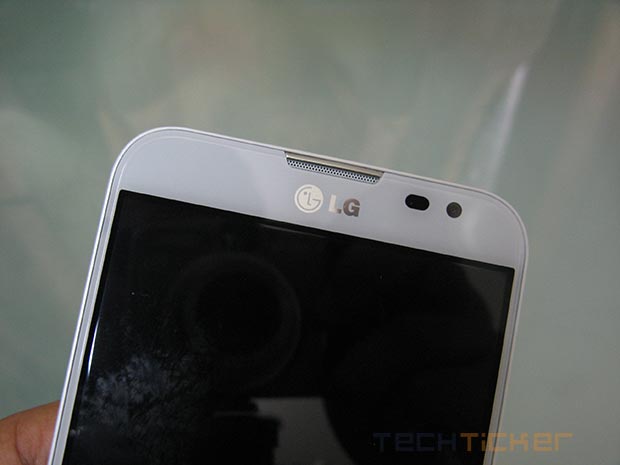
LG already had Optimus G (our review) and Nexus 4 (our review) to compete in the smartphone arena but with the rise of larger-sized devices (aka phablets), it became necessary for other companies to spruce up the competition to the Galaxy Note series. Optimus G Pro was announced earlier this year but the phone wasn’t available widely as the release was restricted to its home region. LG announced to widely roll out the device in other markets, including India and it was announced earlier this month. We take a thorough look at the device to see if its competitive enough to take on the current crop of powerful smartphones.
Design:
The Optimus G Pro was designed to compete with the Galaxy Note II in mind and it wouldn’t be surprising if on the first instance, you thought it to be a Samsung product. But despite the initial similarity, there are few nuances where LG has differentiated its offering with its cross-town rival.
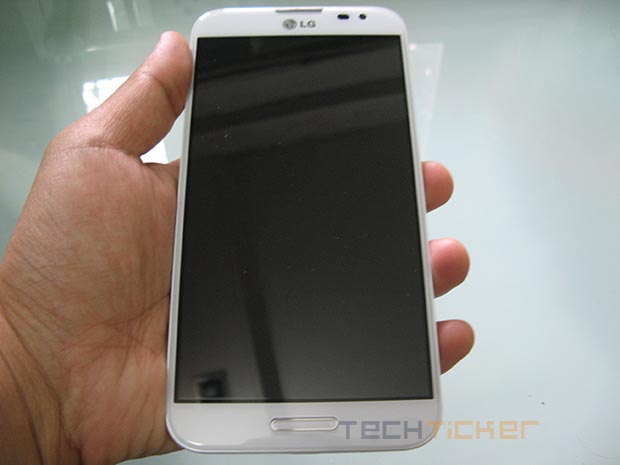
The front side of the phone hosts a large 5.5-inch display with full HD display (1920×1080) with few sensors, earpiece and 2.1MP camera above the screen and a physical home button with touch-sensitive buttons besides it. One interesting thing about the home button is the LED ring surrounding it that acts as a notification light. Users can customise the light, depending on the app, contacts etc.
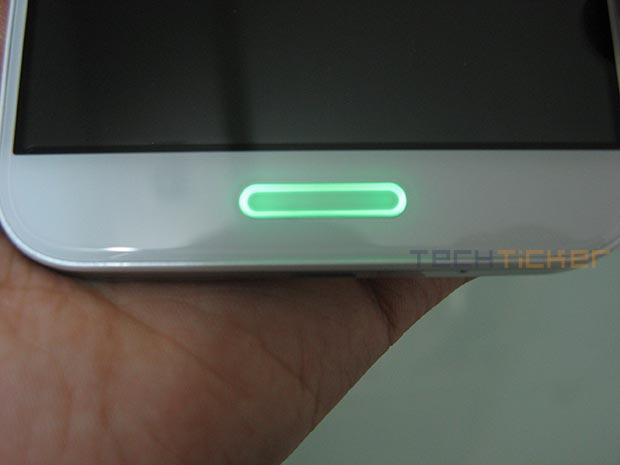
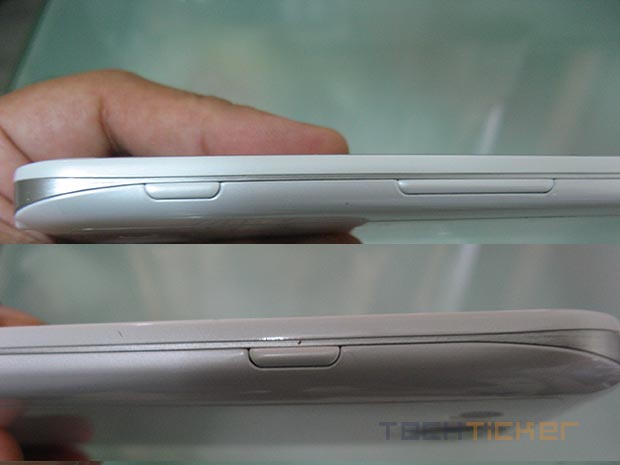
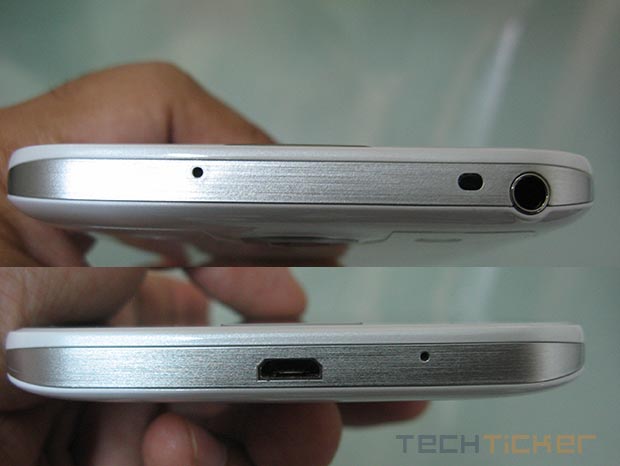
The bottom side of the phone sports a microUSB port; left side features the volume buttons and a QuickButton for quick access to a particular app; right side has the power button; and the top side features the Infrared port for QRemote app and port for headphone.
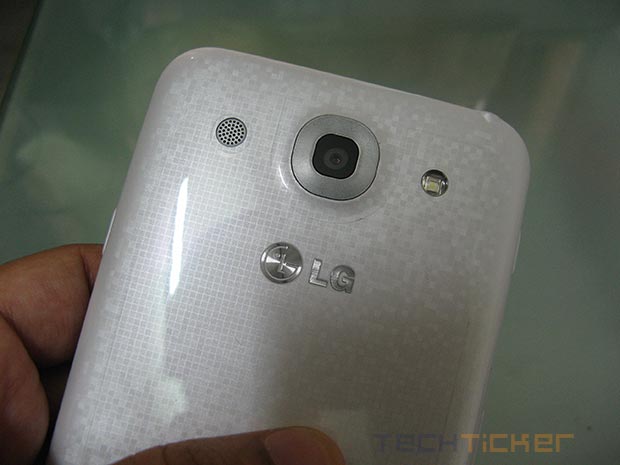
The back side hosts the 13MP camera with an LED flash and a nice looking dual-textured design. LG has traded glass found on the Nexus 4 with plastic that ensures better durability.
Display:
As I mentioned, the Optimus G Pro has a 5.5-inch IPS display that supports a resolution of 1920×1080 pixels. This makes the Optimus G Pro, one of the few devices to have a full HD display with a screen size larger than 5-inches. Samsung’s Galaxy S4 tops out at 5-inches while HTC’s One has a screen size of 4.7-inches with the same resolution.
The IPS display looks brilliant and is really bright when you max out the brightness. Text, images and videos are expectedly crisp due to the high resolution and has a very good viewing angle. Colour reproduction is also good.
Overall, there’s nothing much to complain about the display except for the size. But then, if you dislike the size, this phone isn’t for you anyways.
Hardware and Performance:
The Optimus G Pro is powered by Qualcomm’s Snapdragon 600 quad-core processor clocked at 1.7GHz and 2GB RAM. We think its suffice to say that with the combination of the latest SoC and RAM, the device is more than capable to handle most tasks effectively. The internal memory is 16GB with about 11.5GB available to user but can be expanded further via microSD card.
Software:
Just like the Optimus G, the Optimus G Pro runs LG’s proprietary Optimus UI. Although the UI is more or less the same, there are few apps that you’ll find only on LG’s user interface. For instance, the Q series of apps like the QSlide, QuickMemo, QuickButton and QRemote.
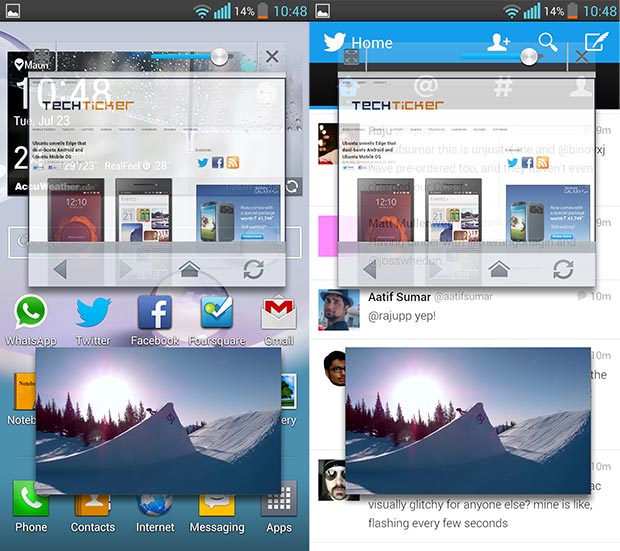
QSlide is LG’s answer to Samsung’s Multi-window that is found on many larger-sized Samsung devices. While Multi-window allows two apps to run simultaenously, QSlide makes it three with two apps on top of the UI while the third app can be accessed normally. The transparency of the apps can be controlled with a slider that is available on the app bar. QSlide’s implementation is quite nice but the only drawback right now is that it supports only LG made apps. In case of Multi-window, third-party apps like Twitter, Chrome, Whatsapp can be used simultaneously making it more useful. Until LG releases an SDK for developers to take advantage of the QSlide, its usefulness will be limited to LG apps only.
QuickMemo and QuickButton are somewhat related. QuickButton – as the name suggests – is a dedicated physical button on the device that gives quick access to a particular app. Now a user can easily configure it to the app of his choice, the default app when you press QuickButton is QuickMemo. QuickMemo if you remember, is LG’s note-taking app that allows to quickly take down notes while on a call or just doodle with variety of pencil and colour settings.
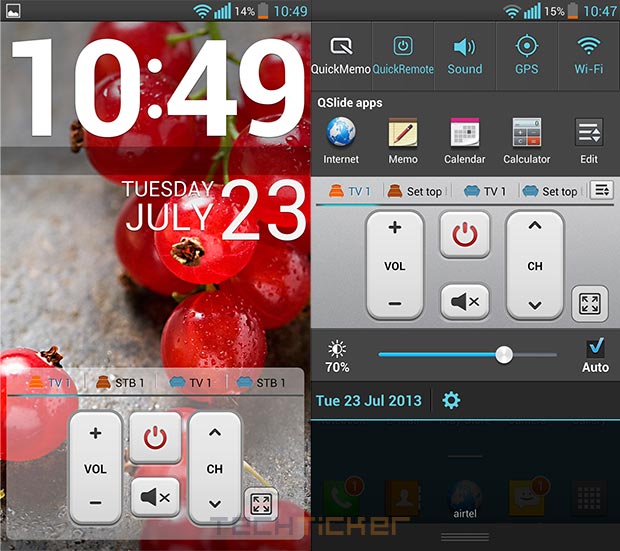
The inclusion of an infrared port has enabled phone manufacturers to make their devices act as universal remote control. While you’d find a similar feature in other flagship devices like Samsung Galaxy S4 or the HTC One, QRemote in the Optimus G Pro is by far the best we’ve used. LG has put a toggle button of the QRemote in the notification panel and once you configure it to use it, you’ll never have to access the full app to use the remote control. A quick toggle from the notification panel will activate the remote control and you can easily use it from there. Or if the device is locked, one press to the Home button will activate the QRemote and you can use the remote without needing to unlock the device.
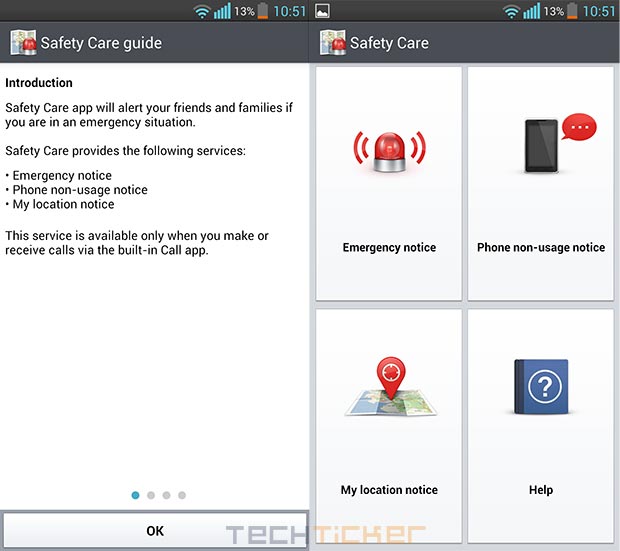
Other LG-specific apps and features you’d find are LG Smartworld, Video Wiz, Safety Care, Smart Video etc.
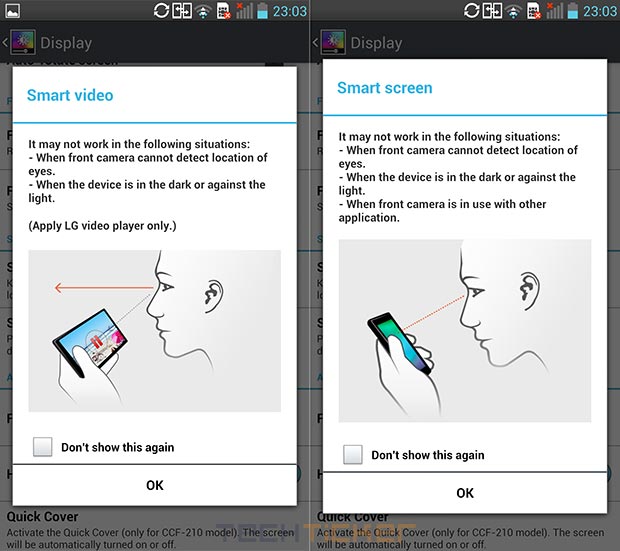
Camera:
Optimus G Pro comes with a 13MP camera and brings in lots of features to spruce up the picture. The camera supports variety of camera modes like HDR, Time Machine, VR Panorama, Dual Photo etc. On the video front, the camera supports recording in full HD 1080p resolution and supports modes like WDR, Dual video recording that uses both the cameras to shoot the video.
 |
| LG Optimus G Pro Sample Shots |
Battery:
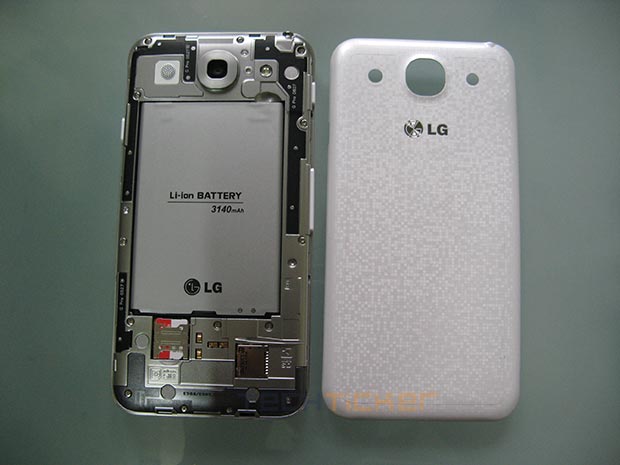
LG Optimus G Pro comes with a 3140mAh battery and with surfing on 3G along with few calls, music and video, the battery lasted about a day.
Conclusion:
LG created this device to take on the Galaxy Note II and with the hardware it packs, LG’s phablet blows Samsung’s out of the water. But what about the current breed of smartphones? Well, Optimus G Pro is not a looker like the HTC One or may not have as much bells and whistles like the Galaxy S4 but Optimus G Pro definitely can be considered if you’re in the market for a high-end smartphone.
Rating: 
Pros: Performance
Cons: Dated design
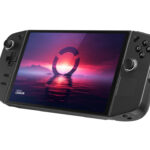




Leave a Reply